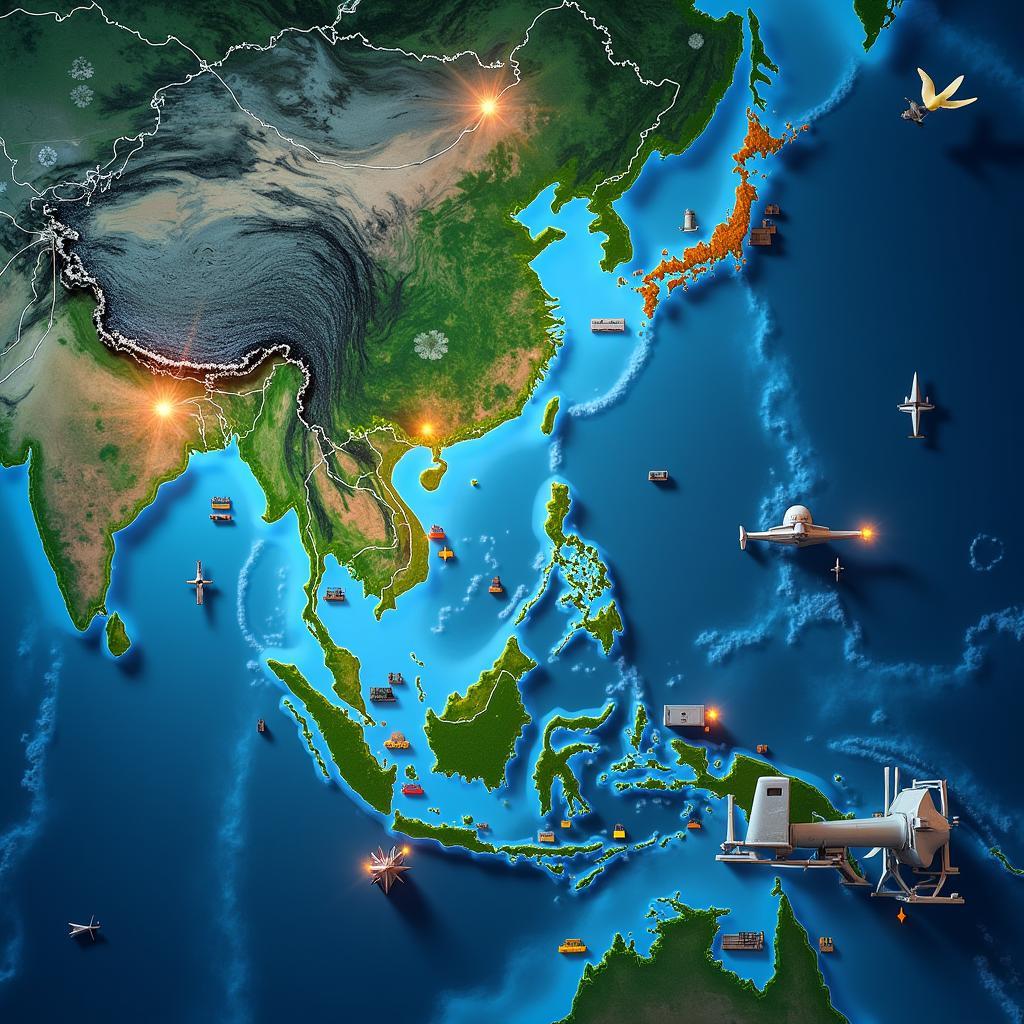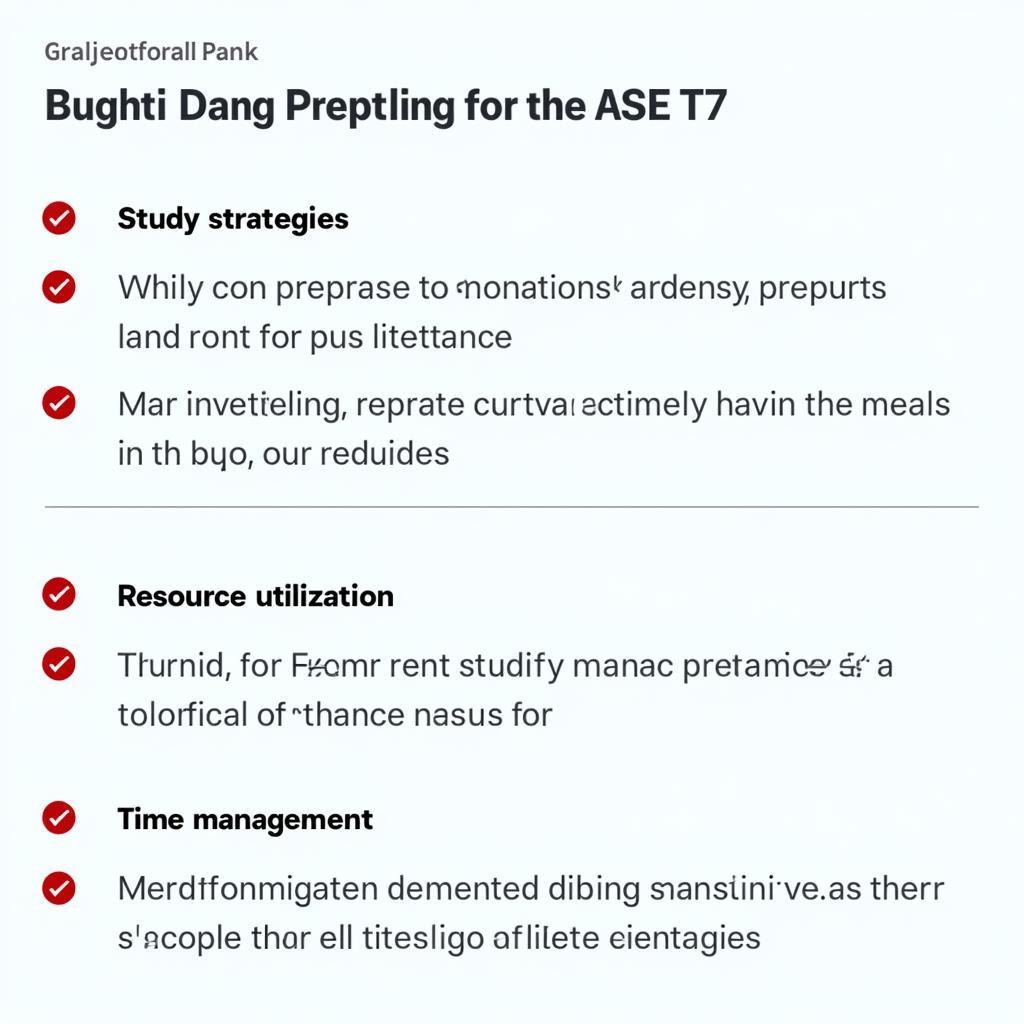The ASEAN Preferential Trading Area (ASEAN PTA) represents a significant step towards economic integration within the Southeast Asian region. Established in 1977, this agreement aims to boost intra-ASEAN trade by reducing tariffs and other trade barriers. This article delves into the intricacies of the ASEAN PTA, exploring its history, impact, and future prospects.
What is the ASEAN PTA?
The ASEAN PTA is a foundational agreement that paved the way for the ASEAN Free Trade Area (AFTA). It focuses on granting preferential tariffs to products originating from ASEAN member states. This means goods traded within the bloc are subject to lower import duties compared to those from non-ASEAN countries. This encourages businesses to source goods and services from within the region, fostering economic growth and interdependence. It covers a wide range of products, promoting diversification within ASEAN economies.
Key Features of the ASEAN PTA
Several key features define the ASEAN PTA:
- Tariff Reduction: The core principle of the ASEAN PTA is the reduction of tariffs on traded goods. This makes ASEAN products more competitive within the region.
- Product Coverage: The agreement covers a broad spectrum of products, including manufactured goods, agricultural products, and some services.
- Rules of Origin: Specific rules of origin determine which products qualify for preferential tariffs, ensuring that only goods substantially produced within ASEAN benefit.
- Cooperation Mechanisms: The ASEAN PTA established mechanisms for consultations and dispute settlement among member states, promoting transparency and fair trade practices.
How Does the ASEAN PTA Benefit Businesses?
The ASEAN PTA offers numerous advantages to businesses operating within the region:
- Increased Market Access: Reduced tariffs open up larger markets for ASEAN-based businesses to export their products.
- Lower Production Costs: Sourcing inputs from within ASEAN at preferential rates can significantly lower production costs.
- Enhanced Competitiveness: ASEAN businesses become more competitive both regionally and globally due to lower tariffs and production costs.
- Investment Opportunities: The PTA creates a more favorable investment climate, attracting foreign investment and promoting joint ventures within the region.
The Evolution and Impact of the ASEAN PTA
The ASEAN PTA has evolved significantly since its inception. It has laid the groundwork for further economic integration initiatives like AFTA and the ASEAN Economic Community (AEC). The PTA’s impact on regional trade is undeniable. It has stimulated intra-ASEAN trade, boosted economic growth, and strengthened regional cooperation. However, challenges remain, such as non-tariff barriers and differing levels of development among member states.
What are the Challenges and Future Directions?
While the ASEAN PTA has achieved considerable success, challenges persist:
- Non-Tariff Barriers: Addressing non-tariff barriers, such as technical regulations and sanitary standards, is crucial for further trade liberalization.
- Development Gaps: Bridging the development gap between ASEAN member states is essential for ensuring equitable benefits from the PTA.
- Global Economic Landscape: Adapting to the changing global economic landscape and emerging trade agreements requires continuous review and improvement of the PTA.
ASEAN PTA: A Catalyst for Regional Growth
The ASEAN PTA has played a pivotal role in promoting economic cooperation and integration in Southeast Asia. While challenges remain, its continued evolution is crucial for realizing the full potential of the ASEAN economic community.
In conclusion, the ASEAN PTA represents a cornerstone of ASEAN’s economic integration efforts. It has significantly boosted intra-ASEAN trade and fostered regional cooperation. By addressing the remaining challenges and adapting to the evolving global trade landscape, the ASEAN PTA can continue to drive economic growth and prosperity in Southeast Asia.
ase conference 2019 acceptance rate
 Future Prospects of ASEAN PTA
Future Prospects of ASEAN PTA
FAQ:
- What is the difference between ASEAN PTA and AFTA?
- Which countries are members of the ASEAN PTA?
- How does the ASEAN PTA affect consumers?
- What are the main products covered by the ASEAN PTA?
- How are disputes resolved under the ASEAN PTA?
- What is the role of the ASEAN Secretariat in the PTA?
- How can businesses leverage the ASEAN PTA?
Need support? Contact us 24/7:
Phone: 0369020373
Email: [email protected]
Address: Thon Ngoc Lien, Hiep Hoa, Bac Giang, Vietnam
We have a dedicated customer support team ready to assist you.
